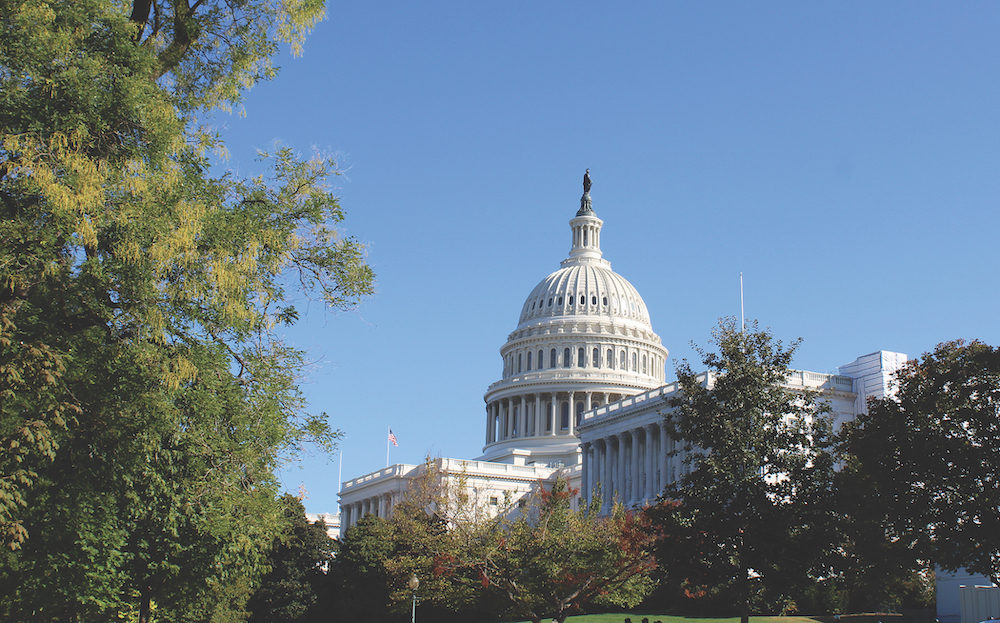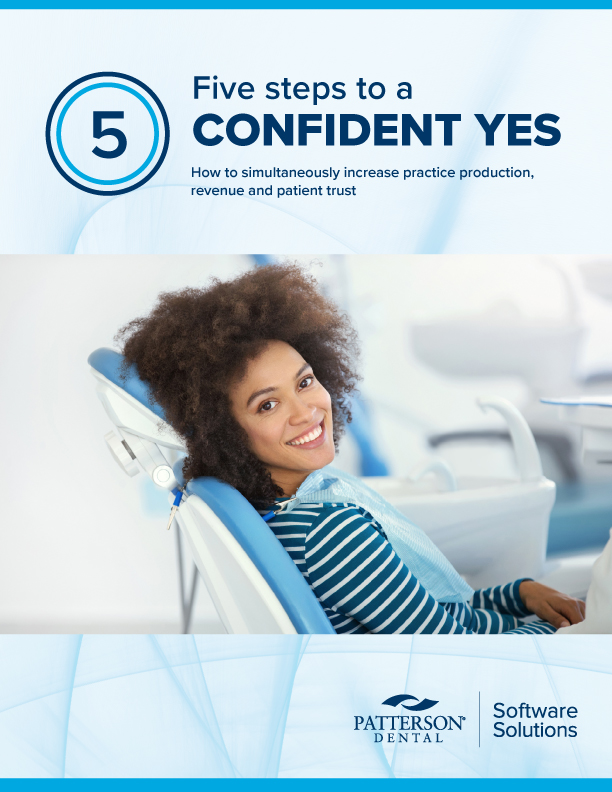Senate committee holds hearing on dental affordability and availability
ADA releases statement supporting prioritization of oral health

A Senate committee discussed various ways to make oral health care more accessible and affordable for Americans, including support for workforce strategies, Medicaid adult dental benefits, oral health literacy and student debt relief.
The ADA issued a news release May 23 applauding Congress for prioritizing oral health as an important part of overall health and well-being, as well as emphasizing the need for bipartisan action.
“The importance of oral health and its connection to physical health deserves priority focus in federal and state health policy to address the current barriers to accessing care,” the ADA statement reads. “The ADA is dedicated to advocating for legislation that will improve oral health. We thank the leaders of the Senate Health, Education, Labor and Pensions Committee for shining a light on this critical issue.”
The ADA also had a Statement for the Record submitted during the Senate Health, Education, Labor and Pensions Committee’s hearing, Examining the Dental Care Crisis in America: How Can We Make Dental Care More Affordable and More Available?
At the top of the May 16 hearing, HELP Committee Ranking Member Sen. Bill Cassidy, R-La., said dental workforce issues are particularly acute in rural and underserved communities, acknowledging the importance of reauthorizing the Action for Dental Health Act.
“Working to address workforce shortages should continue to be top of mind for the committee as there will be additional reauthorizations. This includes the Title VII programs of the Public Health Service Act, which contains a number of important programs bolstering dental workforce and access to care,” he said. “I look forward to the testimony and learning more how we can responsibly improve dental care for all Americans.”
The hearing featured testimonies of representatives from Harvard Medical School, CareQuest Institute for Oral Health, the National Dental Association and the Academy of General Dentistry. Rep. Cassidy officially entered the ADA’s statement into the committee’s record.
The Association’s statement focused on the state of oral health in America, including dental workforce, the policy choices America has made along the way and considerations for policymakers moving forward.
Regarding the state of oral health, the ADA highlighted key data trends in different age groups. The past two decades have shown steady improvements among children, particularly for low-income and non-White children, with several states’ dental care utilization rates for Medicaid-insured children rivaling those provided to privately-insured children. However, trends are different for working-age adults and seniors, according to the statement. Rates of untreated disease among adults have not change significantly over the years, and dental care utilization rates for seniors have increased over time.
The statement also notes there have been different policy approaches toward dental care for children compared to working-age adults and seniors, resulting in “vastly different degrees of financial barriers to dental care.” For instance, while more than 90% of children are covered by dental insurance because it is an essential service and required in Medicaid and CHIP programs, more adults and seniors report they cannot access needed dental care services due to affordability issues. The ADA noted that cost is the top reason adults and seniors cannot access dental care, and financial barriers are more severe than other health care services for these age groups.
“This is a direct consequence of policy choices. Essentially, our health policy approach disconnects the mouth from the body when you become an adult,” the ADA said.
The Association offered policy approaches to address the lack of affordability for many Americans, including improving transparency and accountability within the private dental insurance market through applying medical loss ratios to dental insurance plans, setting out-of-pock payment limits for patients or requiring better data reporting.
The ADA also suggested several solutions to the oral health challenges afflicting the country, such as implementing a comprehensive overhaul of state Medicaid programs to include modern digital tools that enhance accessibility and efficiency.
“These proposed innovations are not merely enhancements but are essential steps towards modernizing our healthcare infrastructure to better serve all stakeholders involved, particularly our most vulnerable populations,” according to the statement.
At the hearing, many of these topics were addressed. Myechia Minter-Jordan, M.D., president and CEO of CareQuest, suggested that one way to address the dental crisis is by integrating medical and oral health, which would result in cost savings for various conditions like diabetes and heart disease. Lisa Simon, D.M.D., a faculty member at Harvard Medical School, added that oral health literacy programs in schools and homes can help with prevention.
The panel also discussed student debt relief strategies, agreeing that the exorbitant costs of dental school often influence where a dentist practices. Gordon Roswell Isbell, D.M.D., a past trustee of the Academy of General Dentistry, said in order to increase access to care, there should be an emphasis on federal programs that allow dentists to practice in rural and underserved communities.
Sen. Tammy Baldwin, D-Wis., asked about the role community health centers play in improving access to care for underserved populations, to which Dr. Simon said the answer is multifold. While the exact impact depends on what state Medicaid programs cover, she emphasized the scale of care that federal qualified health centers provide.
“If you are a dental department within a health center that provides not only medical care but pharmacy and all sorts of services, all of that administrative work doesn’t fall exclusively on the backs of a few dentists. It’s something that’s distributed,” Dr. Simon said. “That makes it much more satisfying and meaningful to practice dentistry, because those sorts of concerns aren’t ones you need to deal with alone.”
The panel also discussed support for workforce strategies, including reauthorizing the Action for Dental Health Act and expanding the National Health Service Corps and Title VII Oral Health Training programs, as well as Medicaid adult benefits and strategies to increase both provider participation and reimbursements. When asked about the benefit of stand-alone dental plans, Dr. Minter-Jordan said that increased access to dental insurance can positively affect overall health.
“It is clear that when people have access to dental coverage, they use it. And so what we would expect from that increased access through the market place is increased access to care, increased access to prevention and reduction in overall health care costs given the correlation between oral health and overall health,” she said.
The ADA has expressed commitment to working with the Senate HELP Committee and other congressional leaders to continue addressing how to make dental care more affordable and more available.
“As a nation, we are paying an economic penalty for how we address dental care within health policy,” the ADA said.



